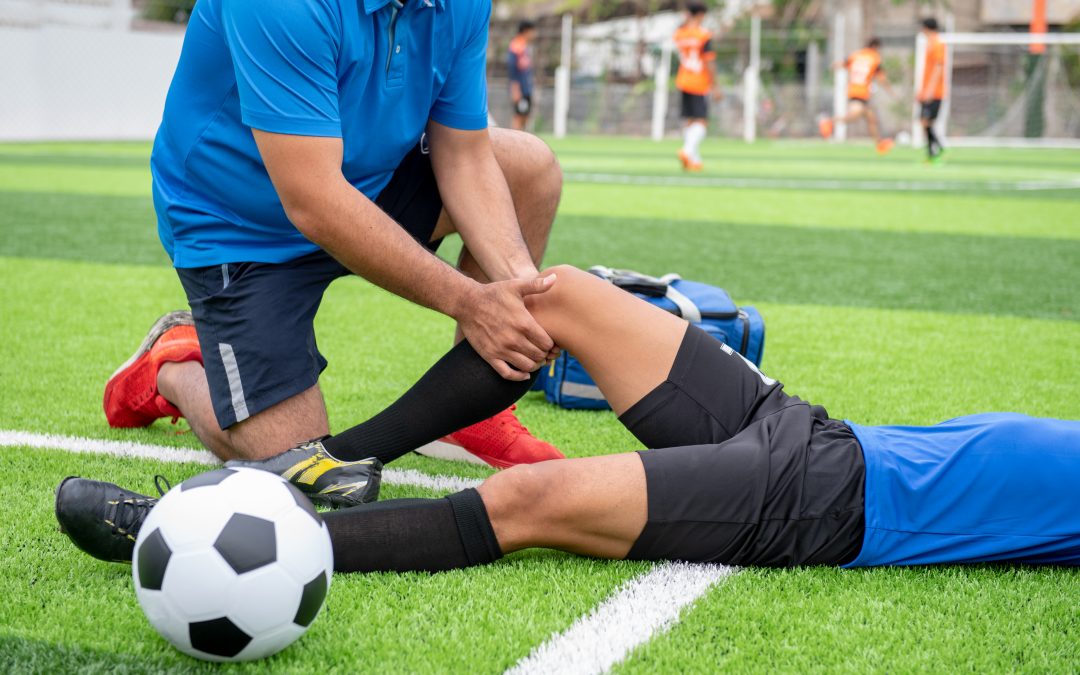Introduction
Participation in sports and physical activities is not only a great way to maintain a healthy lifestyle but also an excellent source of enjoyment and competition. However, with the thrill and excitement of sports, the risk of sports-related injuries cannot be ignored. Whether you are a professional athlete or an amateur enthusiast, understanding sports injuries management is crucial for your well-being and future performance. In this blog, we will explore the importance of sports injuries management, its key principles, and how to approach recovery effectively.

The Importance of Sports Injuries Management
Sports injuries are a common occurrence in the world of athletics. From sprained ankles to torn ligaments, these injuries can range from minor inconveniences to career-threatening conditions. Effective sports injuries management is vital for several reasons:
- Early Intervention: Timely management can prevent minor injuries from escalating into more serious ones. Identifying the issue early allows for faster and more efficient recovery.
- Reduced Recovery Time: Proper management techniques can significantly reduce the recovery time and help athletes return to their sport sooner.
- Minimized Risk of Recurrence: Addressing the root cause of the injury can help prevent future occurrences, ensuring a more sustainable sports career.
Key Principles of Sports Injuries Management
- RICE Protocol: The RICE protocol stands for Rest, Ice, Compression, and Elevation. This protocol is a fundamental first-aid technique used to manage injuries. Rest the injured area to prevent further damage, apply ice to reduce swelling, use compression to support the area, and elevate it to facilitate drainage.
- Diagnosis: Accurate diagnosis is essential for effective management. Consult with a healthcare professional to understand the nature and severity of the injury. This often involves physical examinations, imaging (e.g., X-rays or MRIs), and sometimes blood tests.
- Individualized Treatment: Each injury is unique, and treatment plans should be tailored to the individual. Factors such as the type of injury, its severity, the athlete’s age, and overall health must be considered.
- Rehabilitation: Rehabilitation is a crucial component of sports injuries management. Physical therapy, exercises, and stretches help restore strength, flexibility, and mobility. A trained therapist can guide athletes through this process.
- Medication and Pain Management: In some cases, medication or pain management techniques may be necessary to alleviate discomfort and promote healing.
Approaching Recovery Effectively
Recovering from a sports injury can be mentally and physically challenging. Here are some strategies to approach recovery effectively:
- Patience: Understand that recovery takes time. Rushing back into sports can lead to re-injury. Be patient and follow your healthcare professional’s guidance.
- Compliance: Adherence to the treatment plan is vital. Complete your prescribed exercises, attend therapy sessions, and take any recommended medications as directed.
- Nutrition: A balanced diet rich in nutrients can aid in the healing process. Consult with a nutritionist to create a recovery-focused meal plan.
- Mental Health: Don’t neglect the psychological aspect of recovery. Sports injuries can be emotionally draining. Seek support from a sports psychologist or counselor to help cope with the stress and frustration.
- Progress Tracking: Keep a journal to monitor your progress. This can provide motivation and insights into how your body is responding to the treatment.
- Consultation with Coaches and Trainers: Communicate with your coaches and trainers during the recovery process. They can help tailor your training plan to ensure a safe return to sports.
Conclusion
Sports injuries are an inherent part of an active lifestyle, but with the right approach to management and recovery, athletes can bounce back stronger than ever. Effective sports injuries management involves early intervention, individualized treatment, and a commitment to the rehabilitation process. Remember that recovery is a journey, and with dedication and patience, you can return


